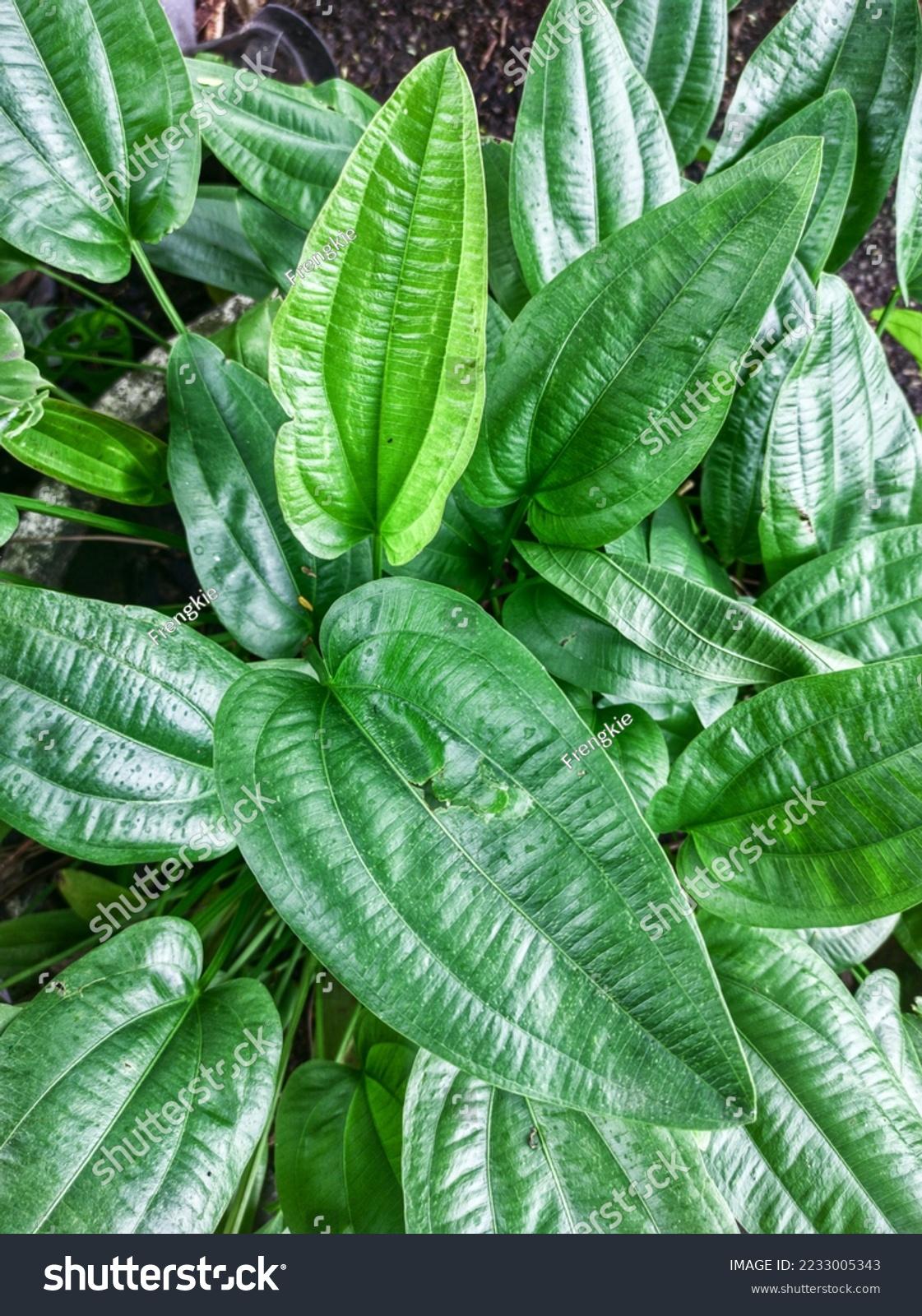
stock-photo-echinodorus-palaefolius-var-latifolius-or-in-indonesia-it-is-called-water-jasmine-with-three-2233005343.jpg from: https://www.shutterstock.com/image-photo/echinodorus-palaefolius-var-latifolius-indonesia-called-2233005343
Introduction
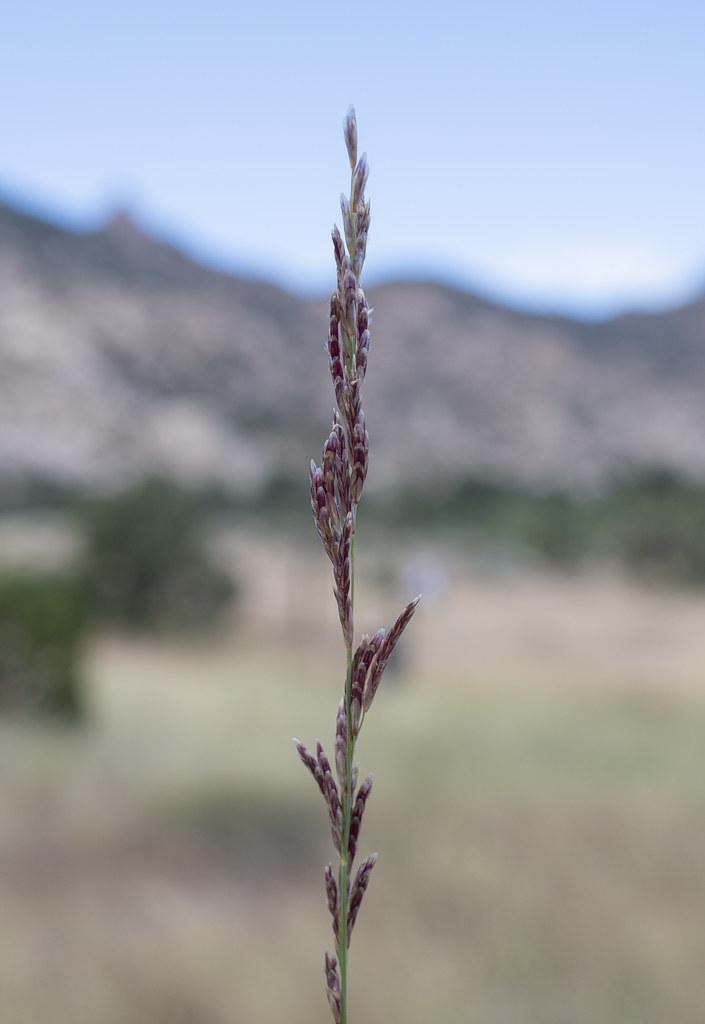
52711587505_9fde17f6cf_b.jpg from: https://www.flickr.com/photos/jebbjerke/52711587505/
The world of mosses is a fascinating one, filled with tiny, unassuming plants that often go unnoticed by the casual observer. Among these diminutive wonders is the Desmatodon latifolius var. muticus (Brid.) Brid., a member of the Pottiaceae family, commonly known as Desmatodon. This moss may be small, but it plays a crucial role in the ecosystems it inhabits, and its unique characteristics make it a captivating subject for enthusiasts.
Background
Before delving into the specifics of Desmatodon latifolius var. muticus, it’s essential to understand the broader context of mosses. These ancient plants belong to the Bryophyta division and are classified as Bryopsida, or true mosses. They are non-vascular plants, meaning they lack the specialized tissues found in more complex plants for transporting water and nutrients. Despite their simplicity, mosses are incredibly resilient and can thrive in a wide range of environments.
Main Content
Morphology and Identification
Desmatodon latifolius var. muticus is a small, acrocarpous moss, meaning its sporophytes (spore-bearing structures) grow at the tips of the stems. Its leaves are lanceolate (lance-shaped) and mucronate (abruptly pointed), with a distinctive costa (midrib) that extends beyond the leaf tip. The plants form dense, cushion-like tufts or mats, and their color can range from light green to yellowish-green.
Global Distribution and Habitat
This moss has a widespread distribution, occurring on various continents, including North America, Europe, and Asia. It can be found in a variety of habitats, such as disturbed areas, rock crevices, soil banks, and tree bases. Desmatodon latifolius var. muticus is particularly well-adapted to dry and exposed environments, making it a common sight in urban areas and along roadsides.
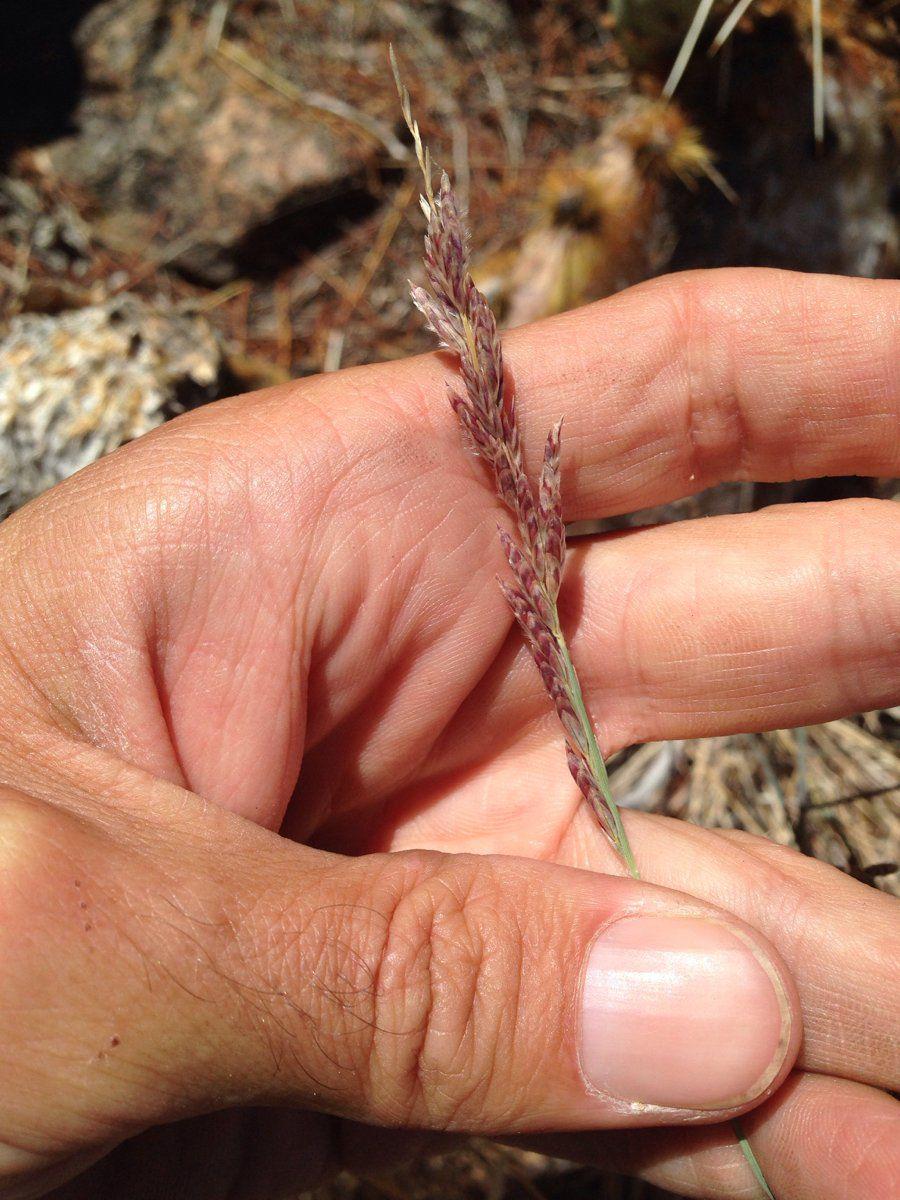
54732.jpg from: https://www.calflora.org/app/taxon?crn=12097
Ecological Roles and Adaptations
Despite their diminutive size, mosses like Desmatodon latifolius var. muticus play crucial roles in their ecosystems. They act as pioneers, colonizing bare or disturbed areas and helping to stabilize the soil, preventing erosion. Additionally, they provide microhabitats for other organisms, such as insects and microorganisms, contributing to biodiversity.
One of the remarkable adaptations of Desmatodon latifolius var. muticus is its ability to tolerate desiccation. During dry periods, the moss can enter a state of dormancy, curling up its leaves to conserve moisture. When water becomes available again, it quickly revives, demonstrating its resilience and ability to thrive in challenging environments.
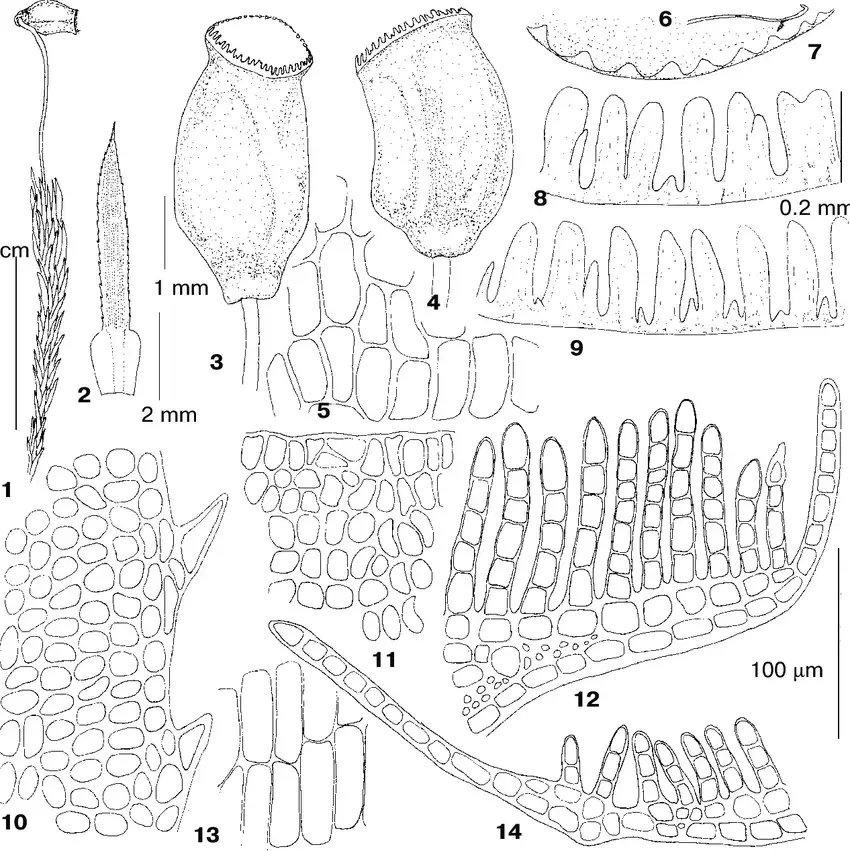
1-13-Polytrichastrum-longisetum-Sw-ex-Brid-G-L-Sm-from-Kayakkatuyarykskij-Creek.png from: https://www.researchgate.net/figure/1-13-Polytrichastrum-longisetum-Sw-ex-Brid-G-L-Sm-from-Kayakkatuyarykskij-Creek_fig1_275607286
Case Studies/Examples
In urban areas, Desmatodon latifolius var. muticus is often found growing on concrete surfaces, such as sidewalks and building foundations. Its ability to colonize these man-made habitats highlights its adaptability and tolerance to disturbance. Additionally, this moss has been observed growing on the bark of trees in urban parks, demonstrating its versatility in finding suitable substrates.
Technical Table
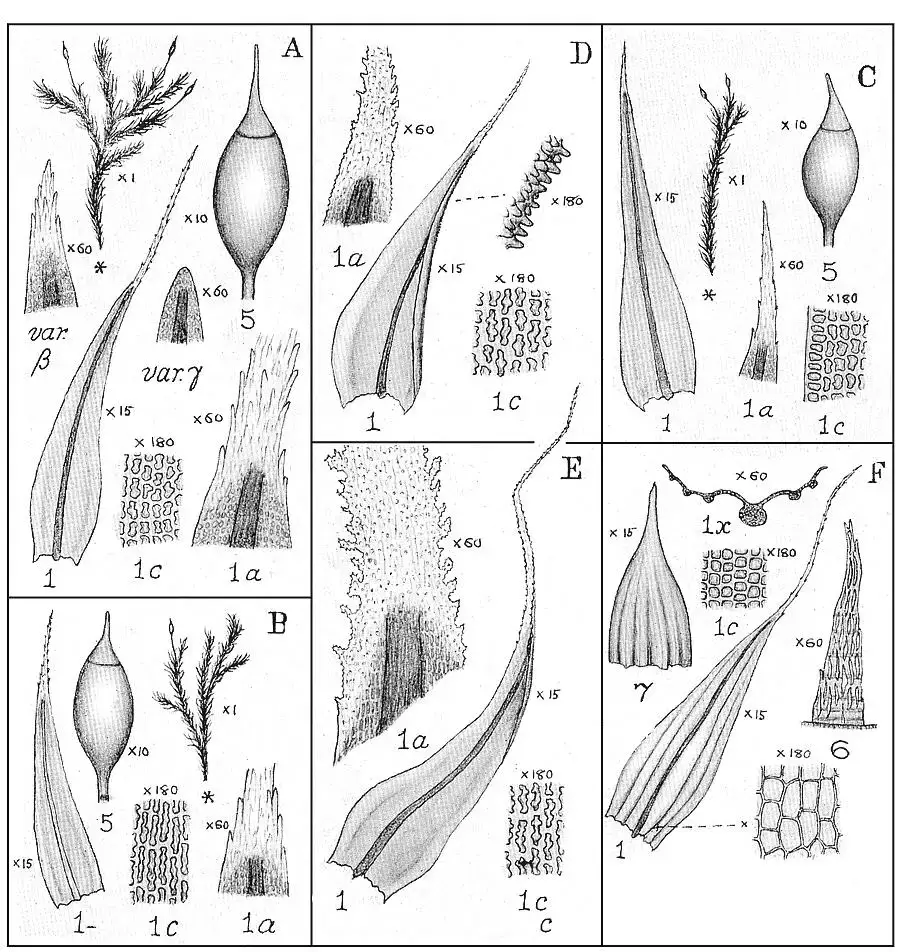
dix211.jpg from: https://www.delta-intkey.com/britms/www/grimmiac.htm
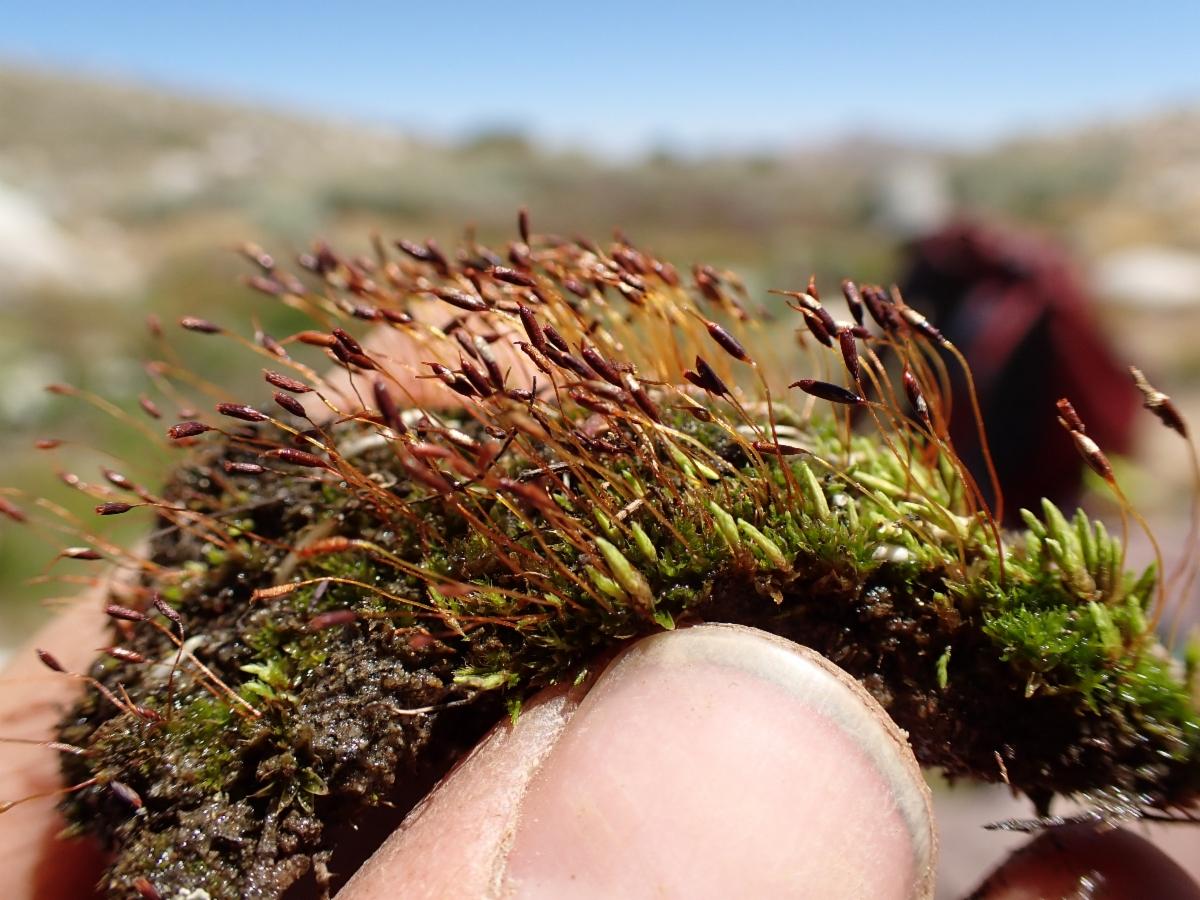
141847.jpg from: https://www.calflora.org/app/taxon?crn=14244
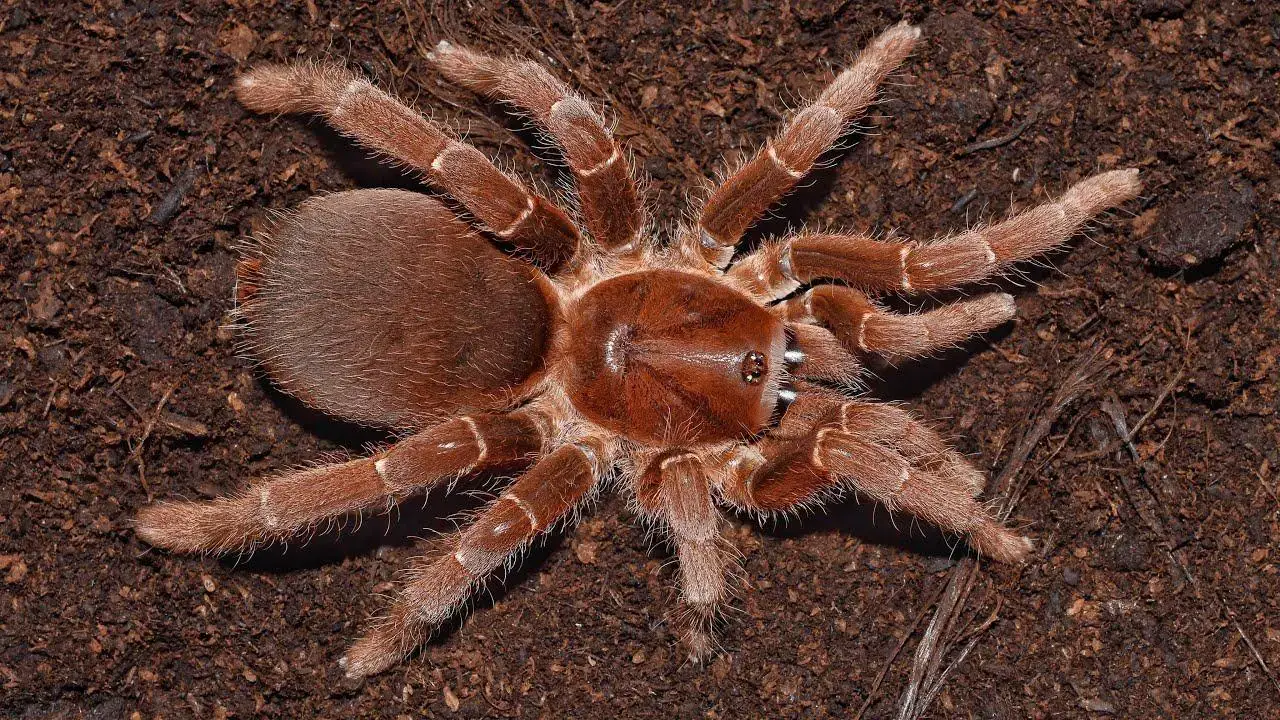
maxresdefault.jpg from: https://www.youtube.com/watch?v=Yu2YriEzjaw
| Characteristic | Description |
|---|---|
| Family | Pottiaceae
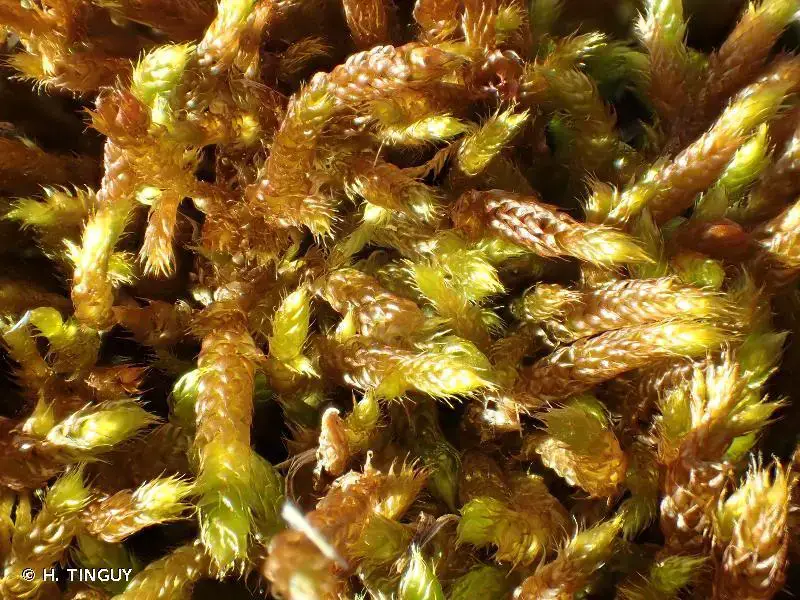 251941.jpg from: https://inpn.mnhn.fr/espece/cd_nom/434664 |
| Genus | Desmatodon
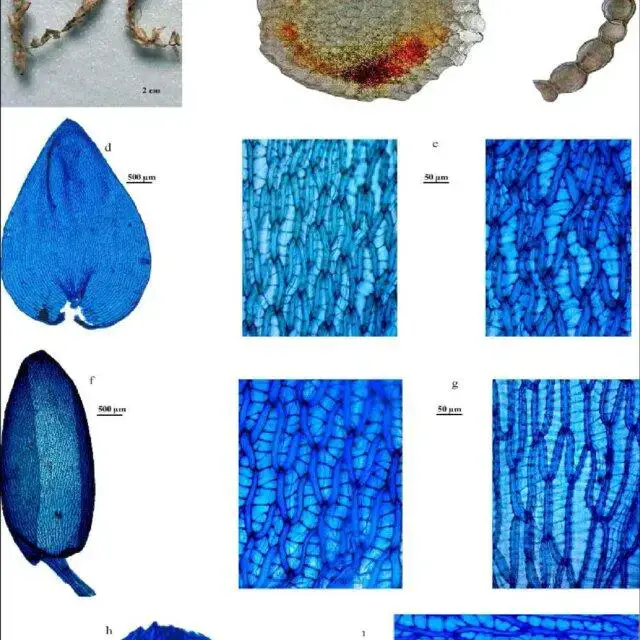 Sphagnum-pylaesii-Brid-a-Gametophyte-b-Cross-section-of-stem-c-Cross-section-of_Q640.jpg from: https://www.researchgate.net/figure/Figure2-Stems-cross-sectionsofspecies-A-A-arvenseis-vararvensis-B-A-arvenseis_fig1_369763440 |
| Species | Desmatodon latifolius var. muticus (Brid.) Brid. |
| Growth Form | Acrocarpous, cushion-like tufts or mats |
| Leaf Shape | Lanceolate, mucronate |
| Leaf Color | Light green to yellowish-green |
| Habitat | Disturbed areas, rock crevices, soil banks, tree bases |
| Distribution | Widespread, found in North America, Europe, and Asia |
| Adaptations | Tolerates desiccation, revives quickly after rehydration |
Conclusion
The Desmatodon latifolius var. muticus (Brid.) Brid. moss, or simply Desmatodon, may be small in stature, but its impact on the environment is significant. From stabilizing soil and preventing erosion to providing microhabitats for other organisms, this unassuming plant plays a vital role in maintaining the delicate balance of ecosystems. As you explore the world of mosses, take a moment to appreciate the resilience and adaptability of these ancient plants, and consider the question: What other wonders of nature might be hiding in plain sight, waiting to be discovered and appreciated?
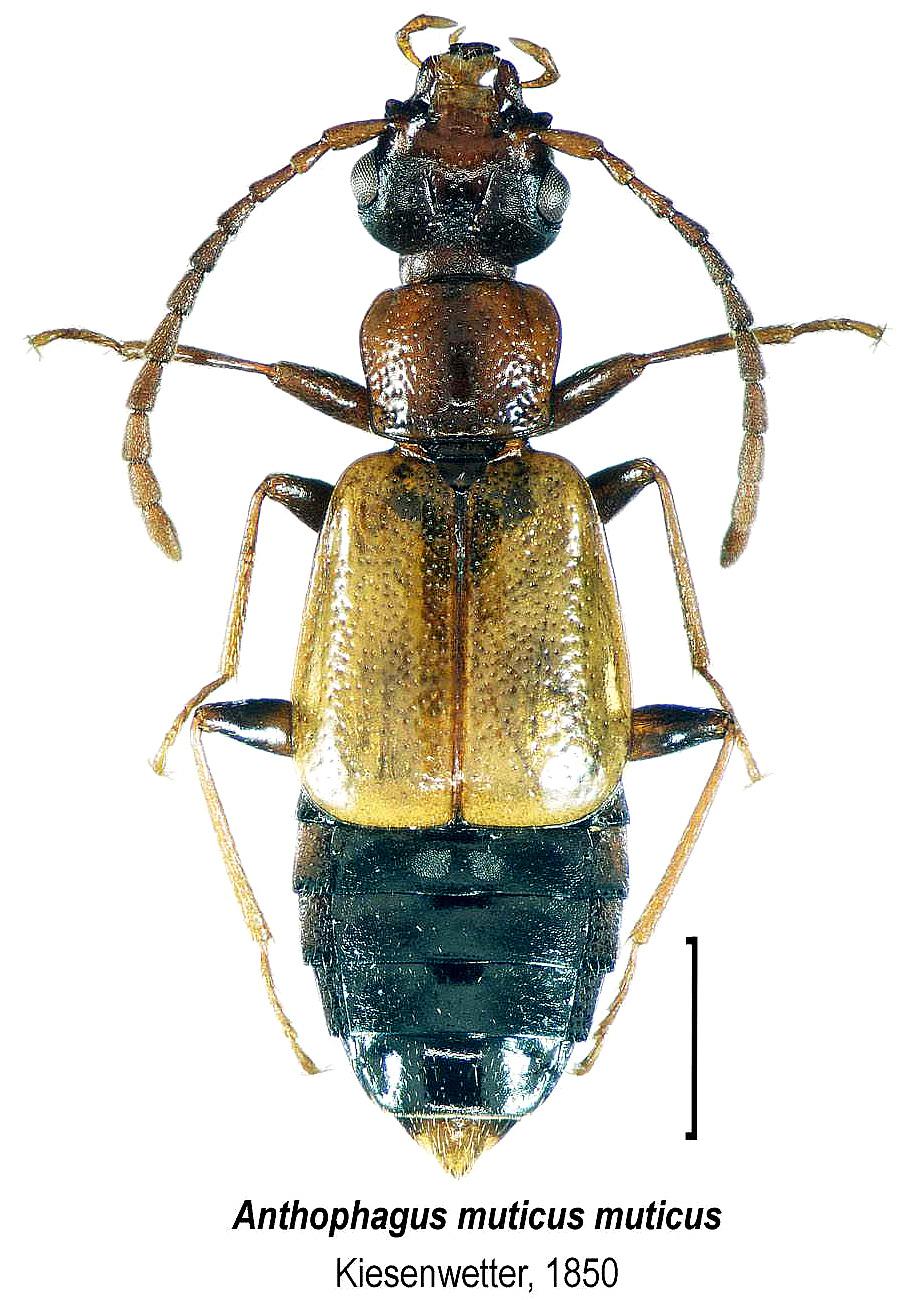
anthophagus_muticus_mut_or.jpg from: https://www.zin.ru/animalia/coleoptera/rus/antmumor.htm